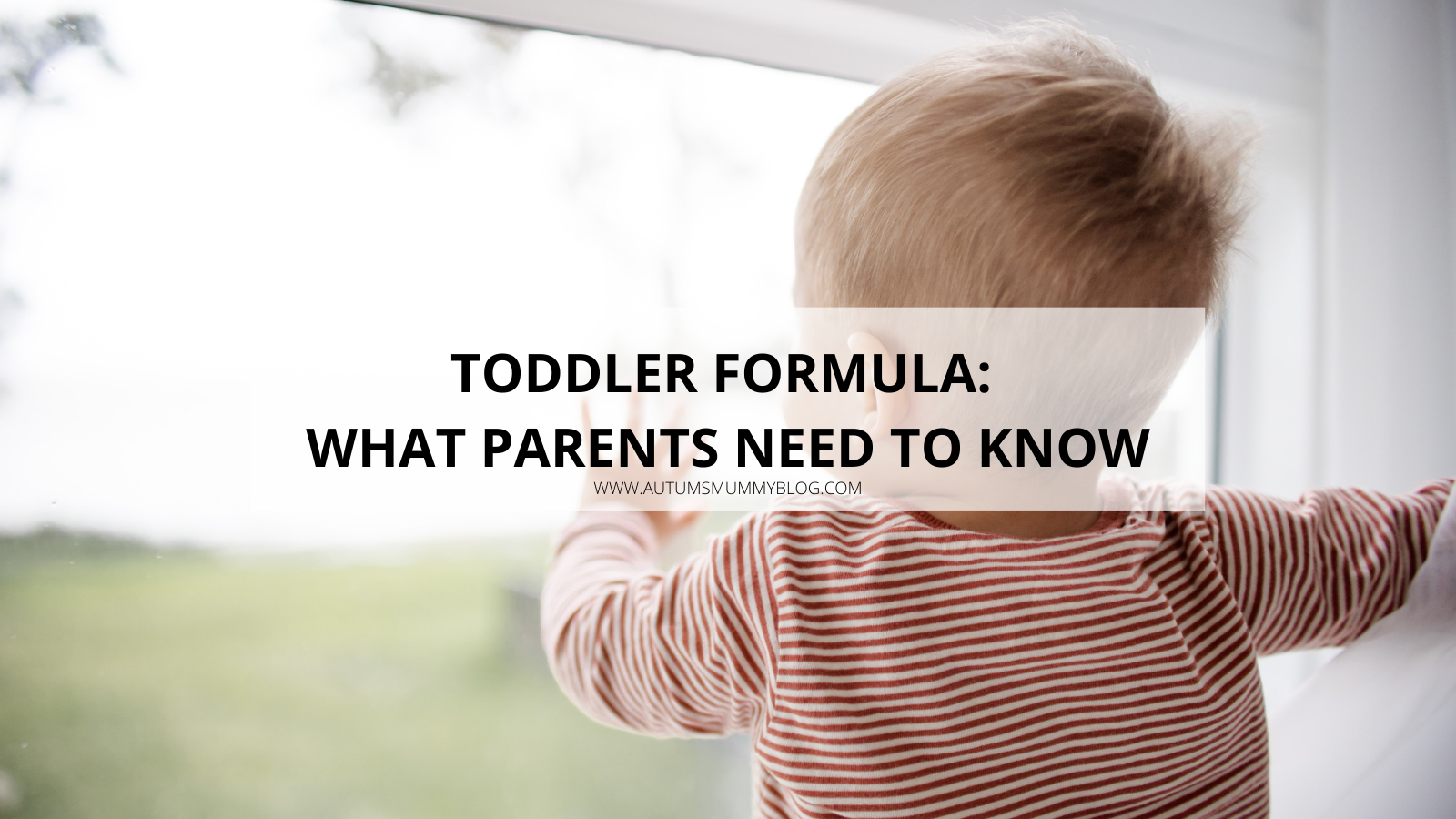Collaborative Post¦ Breastfeeding is the best way to feed your baby, which provides many benefits both for you and your child. If you decide to stop breastfeeding or combine it with formula feeding, such actions may reduce your milk production, and it may be difficult to change this decision later on. Before refusing breastfeeding, we recommend that you consider all the implications.
Which Type of Baby Formula to Choose for a Toddler?
The first year is behind you! It’s time for another change in your baby’s diet. Continue gradually expanding your child’s diet, and if you are using baby formula, you can change to one that suits a toddler’s needs, for example, the HiPP toddler formula. If you are breastfeeding, feel free to go ahead and keep feeding. It’s still very beneficial!
Although the development of a child after one year is not as spectacular as in infancy, your little one is still growing extremely fast. The child has an increasing need for nutrients, vitamins, and minerals.
Junior baby formulas like HiPP Dutch are based on cow’s or goat’s milk that has been appropriately changed (modified) during processing. The most important changes consist in lowering the amount of protein, increasing the amount of unsaturated fats, changing the protein composition, increasing the lactose content, and lowering the amount of sodium, potassium, and chlorine. Junior formulas are also enriched with vitamins A, E, D, and C, taurine, carnitine, iron, iodine, and prebiotics.
You should give your little one the Junior formula according to his age:
- a formula with the number “3” is intended for children from 1 to 2 years;
- a formula with the number “4” is created for children from 2 to 2.5 years;
- a formula marked with the number “5” is dedicated to children from 2.5 to 3 years.
Expert Advice
Here are some more things to consider when transitioning to Junior formula intended for toddlers:
- When changing a baby formula, do it gradually. First, opt for one feeding per day with the new mixture. If you do not notice any worrisome symptoms in your child, gradually continue until a full milk change.
- At this age, encourage your baby to drink from a cup. Drinking formula from a bottle negatively affects the bite and may increase the risk of tooth decay.
- The diet of a one-year-old or older child changes, but this does not mean that it already looks like an adult diet. Kids in the second year of life become very active. New experiences require concentration and energy, so you need products that provide your little one with the optimal amount of nutrients.
To ensure the health of your child, always follow the manufacturer’s instructions for preparing, serving, and storing baby formula.
Disclosure: This is a collaborative post.
